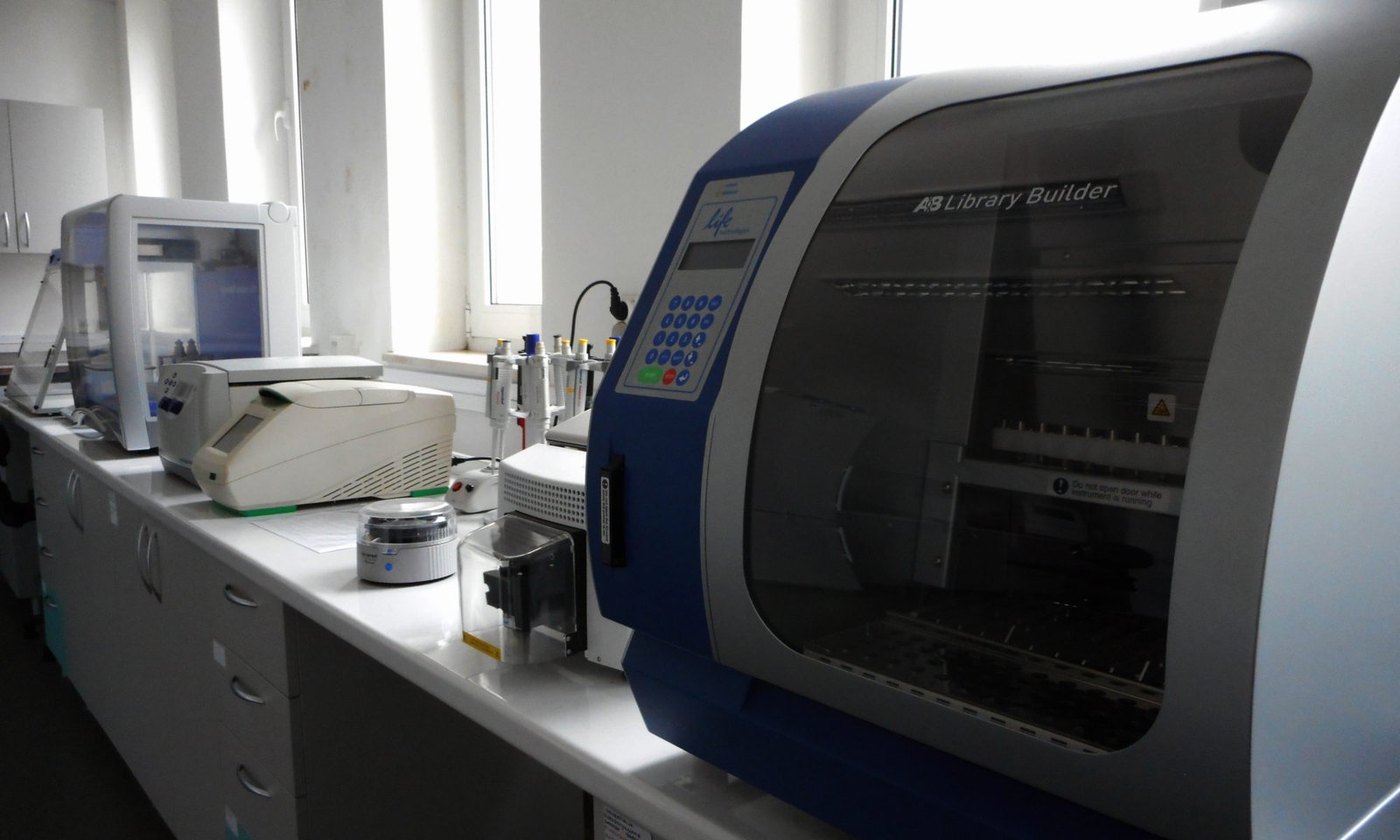Abstract
Epigallocatechin-3-gallate (EGCG) is a candidate for treatment of Alzheimer’s disease (AD) but its inherent instability limits bioavailability and effectiveness. We found that EGCG displayed increased stability when formulated as dual-drug loaded PEGylated PLGA nanoparticles (EGCG/AA NPs). Oral administration of EGCG/AA NPs in mice resulted in EGCG accumulation in all major organs, including the brain. Pharmacokinetic comparison of plasma and brain accumulation following oral administration of free or EGCG/AA NPs showed that, whilst in both cases initial EGCG concentrations were similar, long-term (5-25 h) concentrations were ca. 5 fold higher with EGCG/AA NPs. No evidence was found that EGCG/AA NPs utilised a specific pathway across the blood-brain barrier (BBB). However, EGCG, empty NPs and EGCG/AA NPs all induced tight junction disruption and opened the BBB in vitro and ex vivo. Oral treatment of APPswe/PS1dE9 (APP/PS1) mice, a familial model of AD, with EGCG/AA NPs resulted in a marked increase in synapses, as judged by synaptophysin (SYP) expression, and reduction of neuroinflammation as well as amyloid β (Aβ) plaque burden and cortical levels of soluble and insoluble Aβ(1-42) peptide. These morphological changes were accompanied by significantly enhanced spatial learning and memory. Mechanistically, we propose that stabilisation of EGCG in NPs complexes and a destabilized BBB led to higher therapeutic EGCG concentrations in the brain. Thus EGCG/AA NPs have the potential to be developed as a safe and strategy for the treatment of AD.
Read full text:
***
This article has received the Jorge Heller Award from the Controlled Release Society
***
Nanoparticles with EGCG and ascorbic acid to combat Alzheimer's disease https://t.co/3R6P5XKYHO #Nanoparticles #Phytochemicals #Alzheimers @erlesen @KatarinaVasili3 @MarcoAlbuja @ShraboniGhosal @medicosergio @HealthyFellow
— INPST (@_INPST) March 12, 2020
Other social media channels: https://t.co/WO0pc6I3Q9 pic.twitter.com/UCNPOs7uA5
Keywords: Epigallocatechin gallate, EGCG, Polymeric nanoparticles, PLGA-PEG, Alzheimer’s disease, APP/PS1 mice, Neuroinflammation, Amyloid β (Aβ) plaque burden, Pharmacokinetics, Bioavailability, #Nanoparticles, #Phytochemicals, #Alzheimers.
Why publish with Current Research in Biotechnology? Quality. Speed. Visibility. https://t.co/xj0ri5DgNI #CRBIOTECH #INPST pic.twitter.com/jcIVOavjjf
— Atanas G. Atanasov (@_atanas_) June 26, 2019
The International Natural Product Sciences Taskforce (INPST) maintains up-to-date lists with conferences, grants and funding opportunities, jobs and open positions, and journal special issues with relevance for the area of phytochemistry and food chemistry, pharmacology, biotechnology, medicine and pharmacognosy research, and natural product science.
Join for free INPST as a member

























